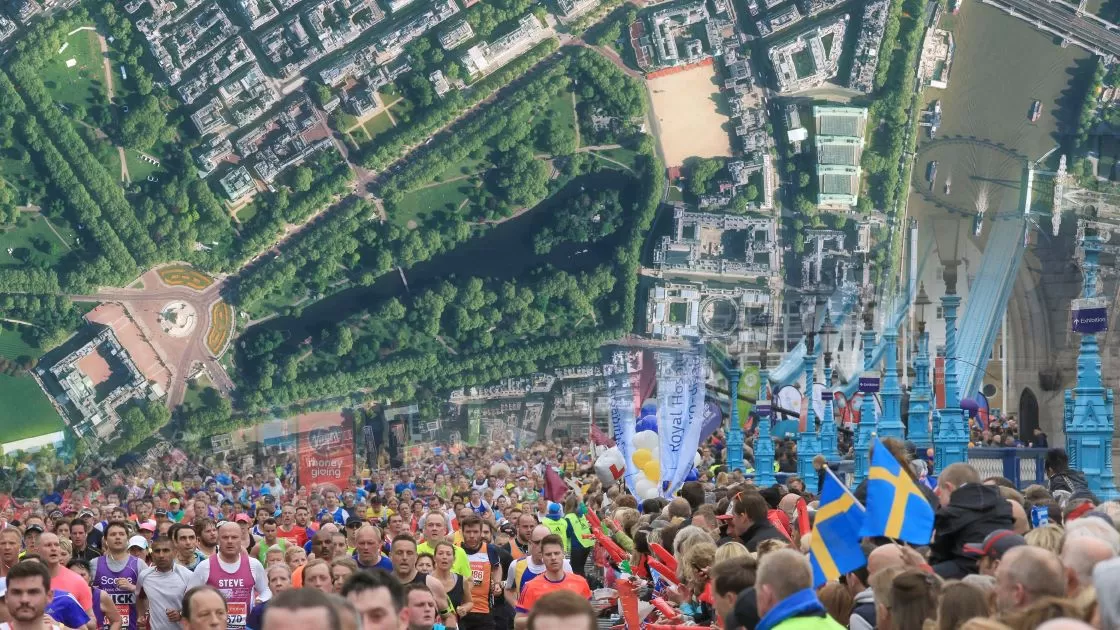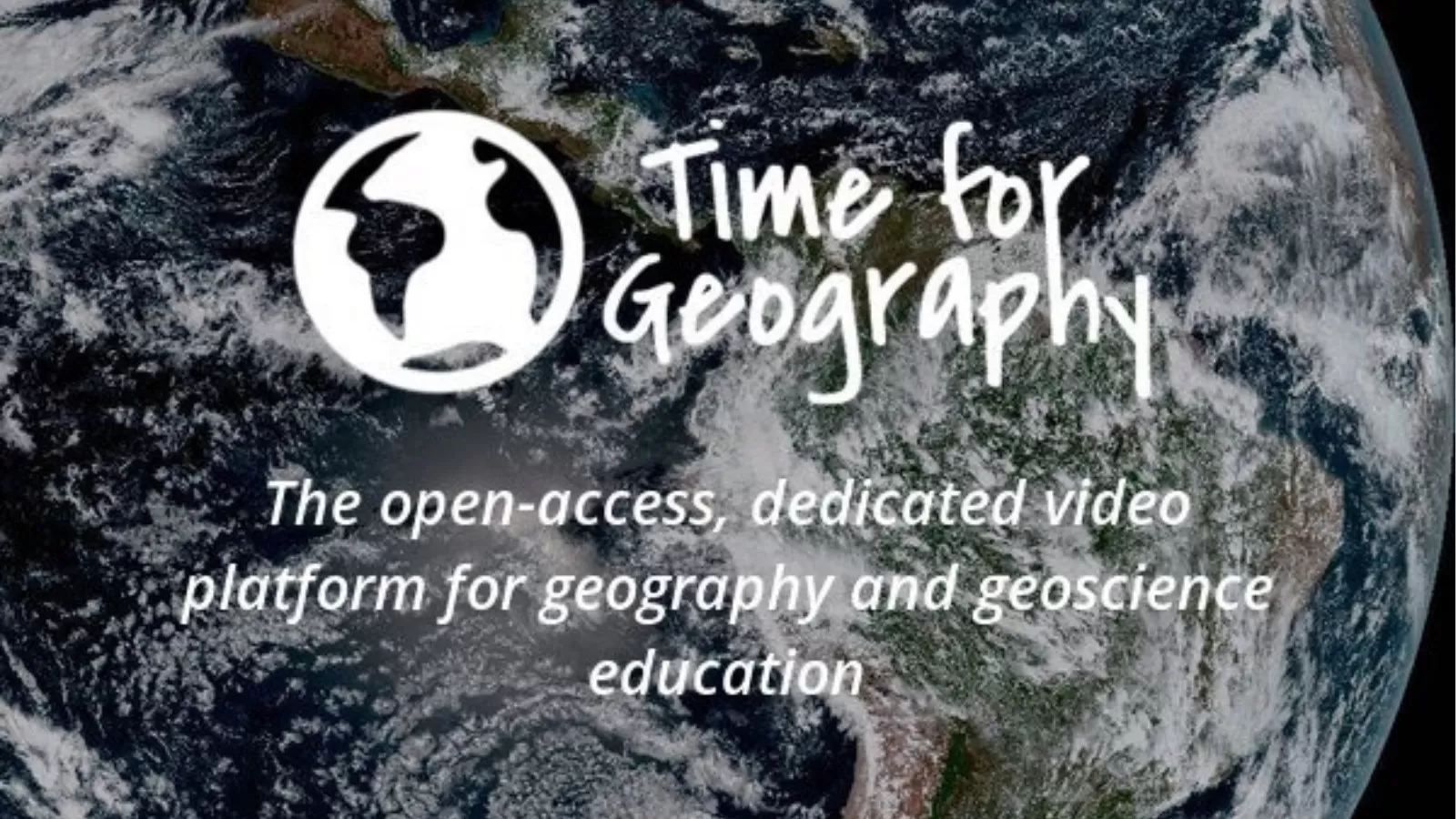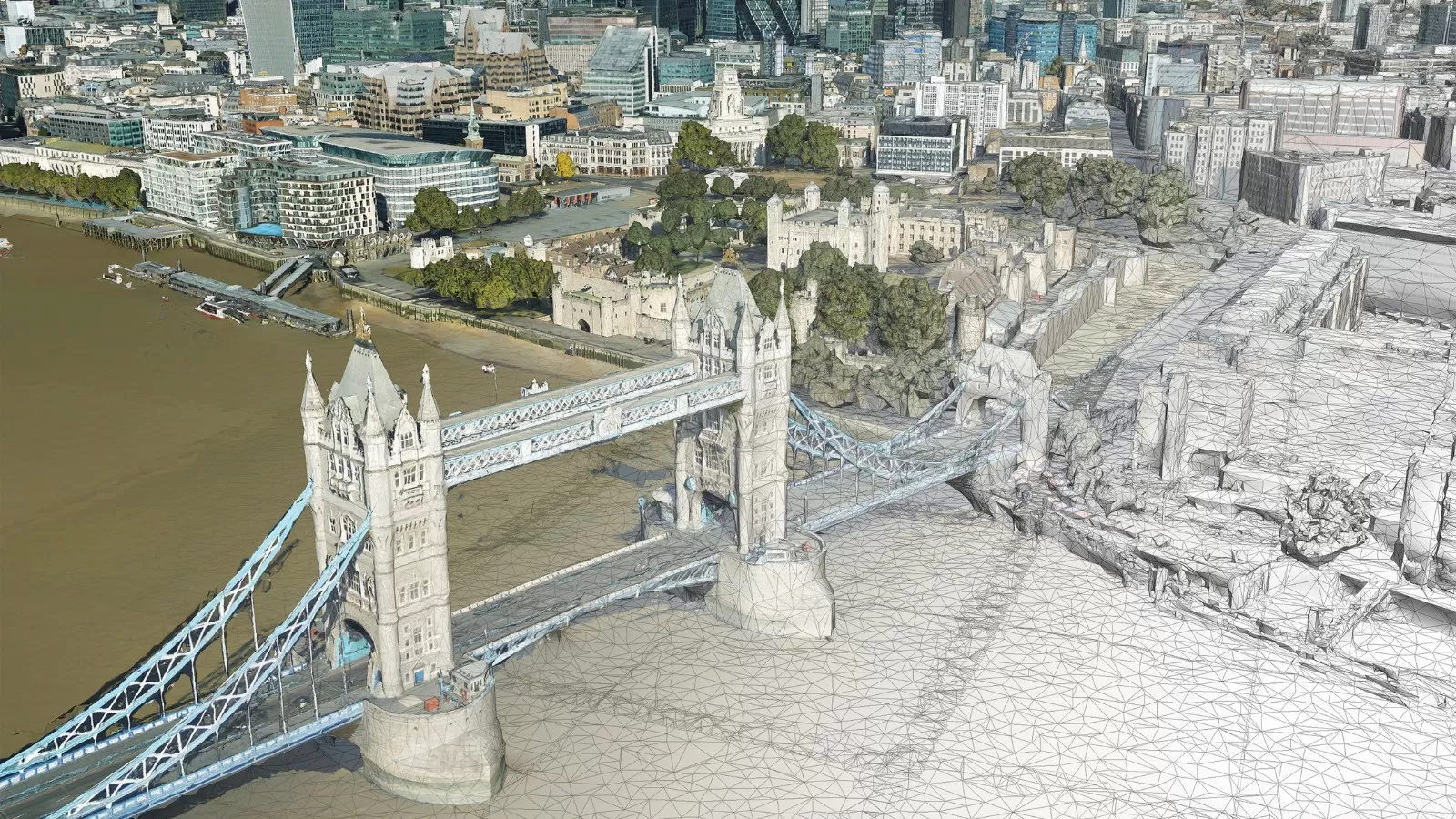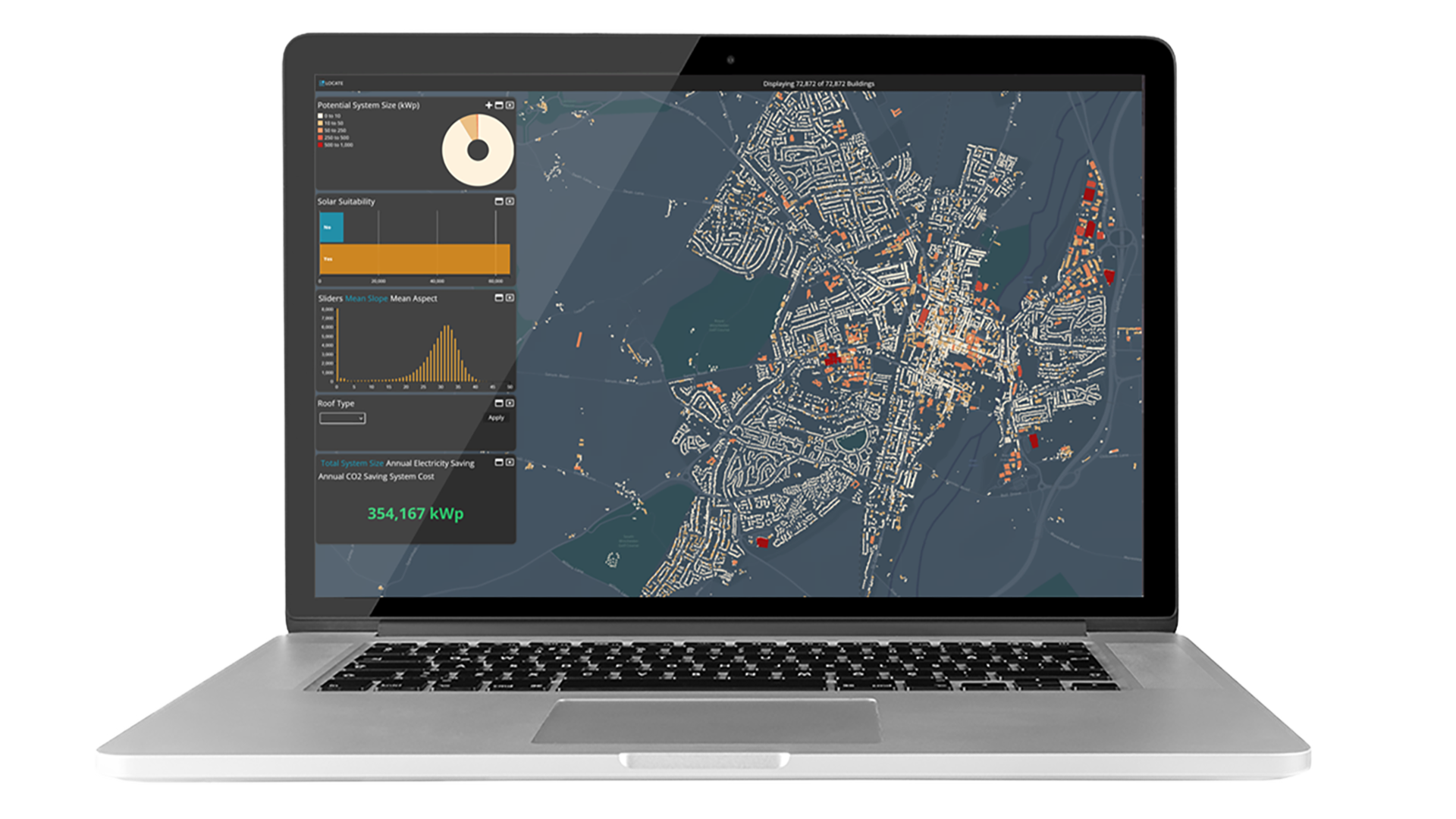
Aerial mapping company Bluesky International has completed a study into tree canopy cover at differing points along the route of the upcoming London Marathon. Using its unique database of more than 6 million trees in Greater London, Bluesky has calculated canopy cover (the area of ground covered by the leaves, branches, trunk, etc. of trees) which can then be linked to the benefits provided by trees, along the 26.2 mile course. On average, the race negotiates streets and parks with canopy cover averaging at 15.7 percent, about typical for most UK towns and cities, however the first 13 miles are marginally greener, with average canopy cover of 16.8 percent.
Using the National Tree Map data, which provides accurate height, location and canopy coverage data for trees 3m and taller, Bluesky goes on to reveal that the greenest part of the London Marathon route is in fact the last mile when runners approach the finish line; in sight of Buckingham Palace and surrounded by Green Park and St James’ Park, with a canopy cover of nearly 35 percent. The least green mile of the epic course is mile 24, where tired feet pound Victoria Embankment next to the River Thames, with a canopy cover of less than 2 percent.
Other results show that the second and third greenest miles overall, are mile one for runners in red bibs leaving Greenwich Park and mile three where all three starting points join, with canopy covers of 27.4 and 26.9 percent respectively.
“A marathon is a challenge for anyone taking part, and the route you follow and the green appeal is likely to have an impact on lifting spirits and encouraging the runners forward. Mile 24 offers very little in the way of green surroundings, but with the hardest miles usually between 18 and 23 hopefully this won’t have too much of an impact on the runners who will be focussing at that point on the imminent finish line,“ commented Ralph Coleman, Sales Director at Leicestershire-based Bluesky.
“Urban green spaces are very important in encouraging outdoor activity, as well as the environmental benefits they offer, so assessing areas that fall short using data such as the National Tree Map, could be useful when looking at urban areas that may not have a great uptake in exercise or sport,” he continued. “It is accepted that physical activity can help keep you healthy, it is also acknowledged that interacting with nature can improve mental health. So, using the National Tree Map data to promote the two together, as ‘green exercise’, can have many applications including the development and delivery of corporate wellness programmes and assisting social prescribing initiatives.”
The term ‘green exercise’ was first introduced by scientists at the University of Essex. The benefits of exercise for both physical and mental health are already well-known, as is contact with the natural environment, which has positive effects on mental well-being. The concept of linking these two benefits initiated a rigorous scientific research programme including a study by the University of Exeter Medical School and Public Health England which estimated over 8 million adults in England engage in green exercise each week, resulting in over 1.3 billion green exercise visits a year. These are thought to provide health benefits of £2.2 billion a year to the English adult population.
The National Tree Map, which is unique to Bluesky, was launched 11 years ago to address the risk of building subsidence for the insurance sector. It is created using innovative algorithms and image processing techniques, from the most up to date aerial photography covering the whole of Great Britain and Ireland. It captures data including measurements of height and canopy cover and is widely used by a number of different industries and sectors, for example local authorities, energy companies, property developers and academic and research organisations investigating the role of trees and green spaces and their impact on health, environment and infrastructure.







